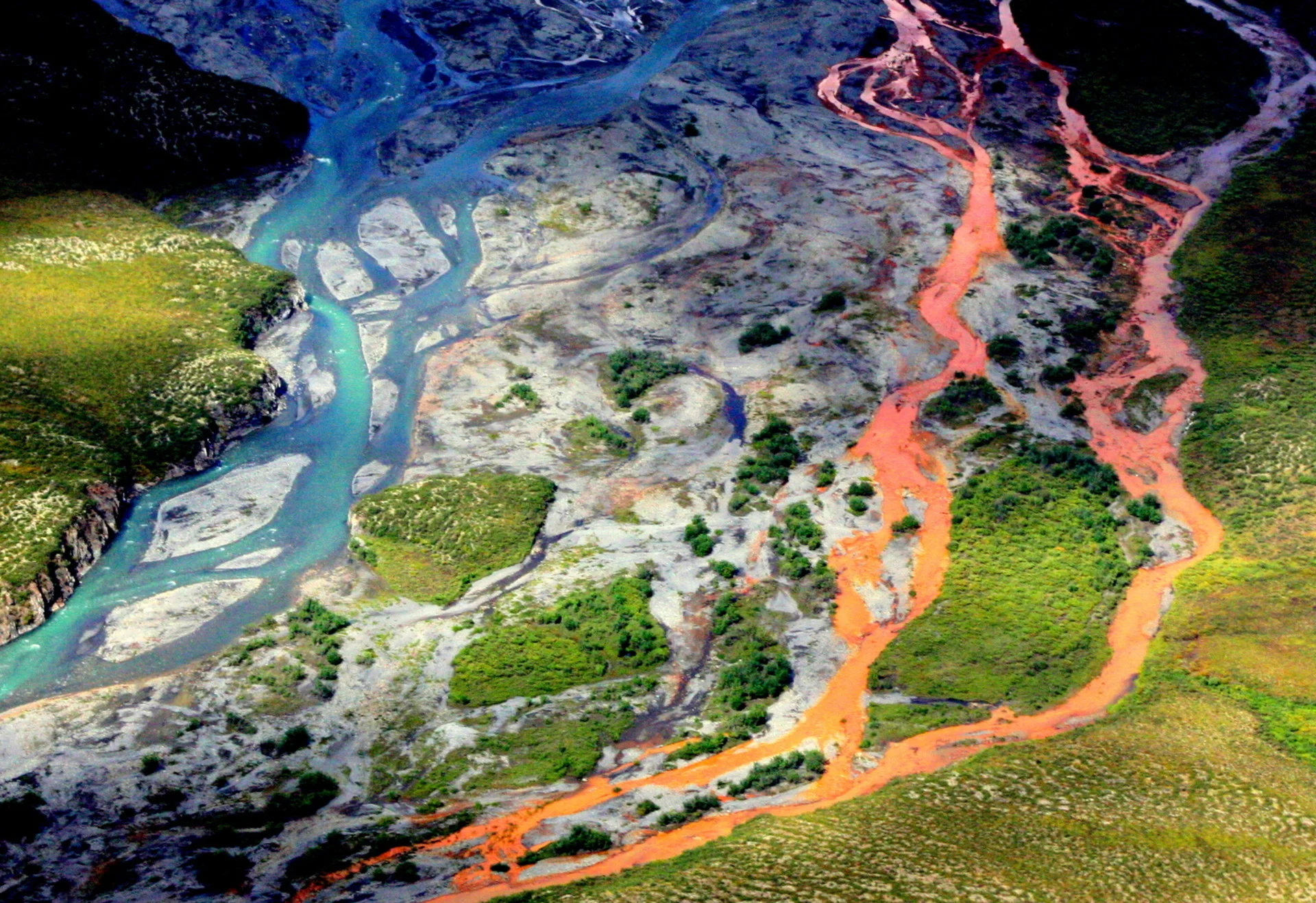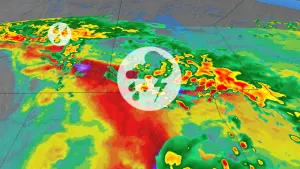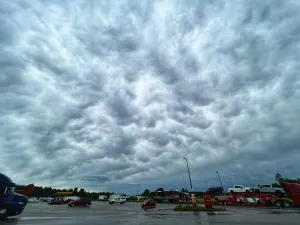
Alaska's once-pristine waters are turning orange
The tainted lakes can be seen from space.
In remote Alaska, dozens of lakes are turning from crystal clear blue to a cloudy, milky orange over a Texas-sized area in the north.
Researchers have identified 75 tainted lakes so far.
The water, which is corrosive due to higher-than-normal levels of chemicals like iron, zinc, nickel, and copper, could hinder fish migration to spawning areas, affecting habitat, water quality, and other ecological systems.
Rural communities that depend on these lakes for drinking water are also at risk.
“There’s a lot of implications,” said lead author Jon O’Donnell, an ecologist for the NPS’ Arctic Inventory and Monitoring Network.
“As the climate continues to warm, we would expect permafrost to continue to thaw and so wherever there are these types of minerals, there’s potential for streams to be turning orange and becoming degraded in terms of water quality.”

Alaska's rusting waters can be seen from space. (Emily C. Dooley)
The pH levels in the tainted waters vary, but some have a level of 2.3, compared to the average pH of 8 for the area studied.
Experts say this provides evidence the minerals are weathering, creating acidic and corrosive conditions that release more metals.
Iron appears to be the most dominant metal in the waters and is the culprit behind the color change.
“The stained rivers are so big we can see them from space,” Brett Poulin, an assistant professor of environmental toxicology at UC Davis who was a principal investigator in the research, said in a statement.
“These have to be stained a lot to pick them up from space.”
Experts believe melting permafrost releases chemicals that were once safely trapped in the frozen ground.
As the climate warms, melting exposes acid and metals to water and oxygen, which enter the lakes.
Stained waters were first noticed in 2018, but satellite images suggest the issue has occurred since 2008.
“Chemistry tells us minerals are weathering,” Poulin said.
“Understanding what’s in the water is a fingerprint as to what occurred.”










